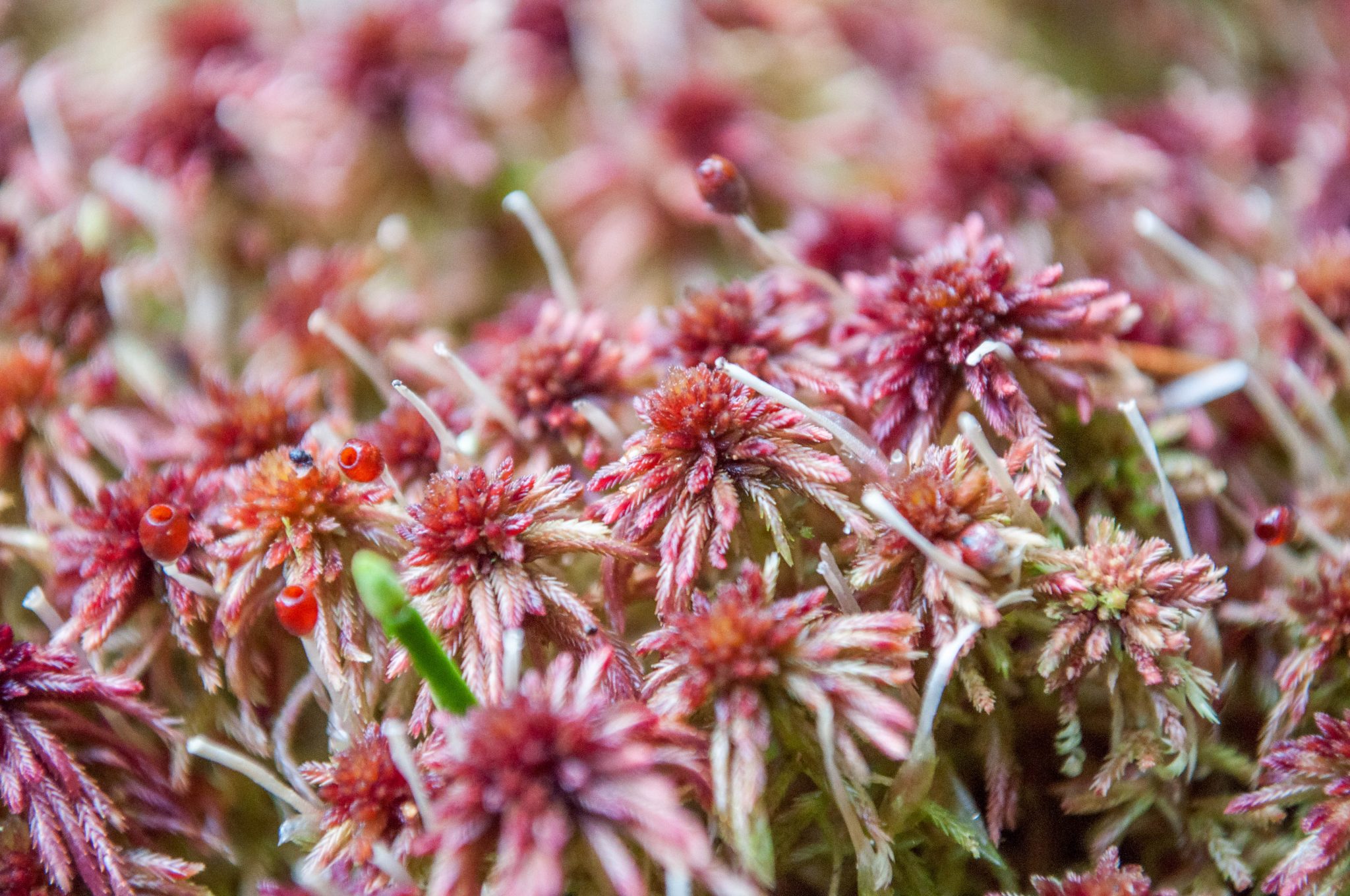
In parts one and two of this series, Dr Aurélie Bovi set out the challenges faced by the UK horticulture industry in its search for reliable and sustainable alternatives to peat and examined the currently available alternatives. In this concluding article, Dr Bovi looks at what she found out talking to growers and explores a couple of potential solutions.
With global controlled environment production expanding significantly and peat-use removal accelerating, it is clear that more needs to be done to provide growers with a reliable, sustainable and good quality substrate that will also help them meet the challenge of net zero.
Any proposed novel substrates need to provide robust evidence that they can be reliably used for high quality performance and meet growers specifications, that they have been responsibly sourced and manufactured, as well as critically competing on price.
Disruptive innovation
CHAP is in discussion with UK Industry leaders to advance innovative solutions and disruptive technologies and help bring suitable sustainable alternatives to the sector.
In a recent survey aimed at better understanding growing media (substrate) use across the UK CEA horticulture sector, we approached commercial growers and asked them about the most important factors for their particular growing operation. A few disclosed using novel substrates: some organic-based, such as products made from jute fibres; recycled wool fibres; hemp fibres; or paper pulp waste, and some inorganic-based such as products made from polymer foams or resins (some derived from recycled organic waste.) Most were chosen for their characteristics such as enabling uniformity across batches and water-holding capacity. Recyclability / biodegradability was also a factor deemed important by growers.
Here I consider two disruptive innovations that could be game-changers for the industry: reliable and sustainable Sphagnum moss production and novel polymer-based substrates.
Commercial Sphagnum moss production or ‘farming’
Sphagnum moss could provide a GHG-neutral, reliable alternative to fossil peat in horticultural substrates. Sphagnum moss is a living plant with high water retention capacity. In fact, sphagnum moss is actually the plant that eventually forms peat bogs. The organic matter gets compressed over hundreds of years to end up as peat.
Sphagnum moss is also used in horticulture in its own right, for example as soilless potting media, for succulents or orchids, or compacted to hold floral displays. So far, however, it has only been collected from the wild.
Several projects in Europe have looked into the feasibility of Sphagnum ‘farming’, but often with aims to restore degraded peatlands rather than with the view of selecting the best varieties and optimising production for commercial purposes.
As Sphagnum moss can take at least a decade before it is ready to harvest, and its cultivation so far has been limited to (natural or man-made) bogs, innovation is needed to develop methods to produce quality sphagnum moss sustainably, and at scale, for commercial processing. If this is successful, it could not only protect wild areas of Sphagnum but also provide reliable ‘peat-free’ substrates for both amateur and professional horticulture sectors.
Novel sustainable polymer-based substrates
Novel sustainable polymer-based substrates can also provide many attractive attributes that meet growers’ specifications, especially in the hydroponic sector, or as soil additive to enhance water retention or nutrients diffusion.
These may hold the key to truly sustainable substrates, as the manufacturing process provides the ability to control each element, for example using only cheap and abundant locally available by-products. The development can also build in considerations around to the product’s end-of-life, including whether it will be suitable for recycling and/or is biodegradable, and, critically, will be competitively priced.
In this context, the Gelponics consortium, led by AEH Innovative Hydrogel Ltd and CHAP, is looking at optimising and scaling up novel and sustainable hydrogel substrates for the horticulture sector. The project is aiming to meet growers specifications while also contributing to the necessary reduction in the industry’s carbon footprint.
Funded through the Innovate UK ‘Transforming Food Production’ challenge, Gelponics kicked off in September 2020. Using CHAP’s Vertical Farming Development Centre at Stockbridge Technology Centre, it aims to demonstrate the technology’s potential to offer a cost-effective, sustainable alternative in full, semi-commercial trials for both leafy green and tomato production.
As well as being recyclable, the hydrogel product can be reused locally as a soil amendment to help sequester carbon. It also has substantial export potential in dry form to countries with water scarcity.
Looking ahead
There is a clear need for continued research and development into alternative substrates and growing media to ensure the transition towards a peat-free, decarbonised, horticulture sector. CHAP will continue to follow the debate and bring you updates on any further developments, along with the outcome of the Gelponics project in due course.
To read the first two installments of Dr Bovi’s in-depth investigation of the issues surrounding peat and net zero go to Part One and Part Two.









